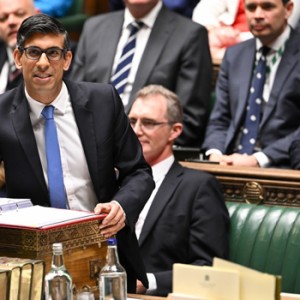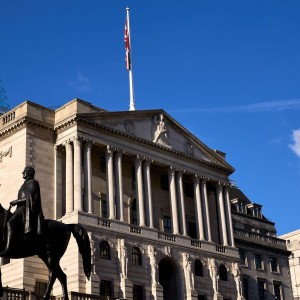Britain's labour market is flashing some warning signs for a central bank on guard against a wage-inflation spiral, economists said on Tuesday after official data showed a shrinking workforce and record levels of vacancies.
Annual pay growth in the final quarter of 2021 picked up to 4.3% from 4.2% in the three months to November, reflecting bigger Christmas bonuses than a year ago. The increase was above all forecasts in a Reuters poll of economists and the Bank of England's prediction.
The central bank's Monetary Policy Committee on Feb. 3 said it expected to tighten monetary policy again soon after raising interest rates for the second time in two months to curb surging inflation pressures.
"December's pick-up in wage growth will maintain the pressure on the MPC to hike the Bank Rate again at next month's meeting," Samuel Tombs, an economist at Pantheon Macroeconomics, said in a note to clients.
James Smith, at ING, said pay growth appeared to have stabilised at its pre-pandemic levels that were consistent with a tight jobs market.
The highest inflation in nearly 30 years
"However, we still doubt that the UK is headed for a wage-price spiral that would justify the six rate hikes markets are now expecting from the BoE this year," Smith said.
The highest inflation in nearly 30 years means that in real terms pay fell in the three months to December for the first time since mid-2020, when many employees were on reduced furlough pay, according to the Office for National Statistics' preferred CPIH inflation measure.
The squeeze on living standards is a challenge for Prime Minister Boris Johnson who has authorised financial support for households to meet surging energy bills.
BoE Governor Andrew Bailey drew criticism from unions and a rebuff from Downing Street when he said this month that workers should rein in pay demands or risk a wage-inflation spiral.
Job vacancies hit a new high of just under 1.3 million while the share of inactive working-age people who wanted a job held at a record low.
Many older workers have dropped out of the labour force during the pandemic and there are few good estimates of how many European Union workers have permanently left Britain since Brexit. ONS data shows almost 600,000 fewer people working in Britain than before the pandemic.
ONS data showed employment was down by 38,000 in the October-to-December period, the biggest fall since the three months to February last year when Britain under was under a tough coronavirus lockdown.
But a month-by-month breakdown, which the ONS cautions can be volatile, showed employment in December surged after falling in October and November, suggesting the Omicron wave of COVID-19 cases had not hurt the jobs market.
Britain's unemployment rate for the three months to the end of December held at 4.1%, as expected by most economists.
A preliminary estimate of the number of staff on businesses' payrolls in January rose by 108,000, suggesting the hiring momentum continued into 2022 although the figure was slower than December's increase of 131,000 which itself was revised down from an original reading of 184,000.
SOURCE: REUTERS
IMAGE SOURCE: PIXABAY














